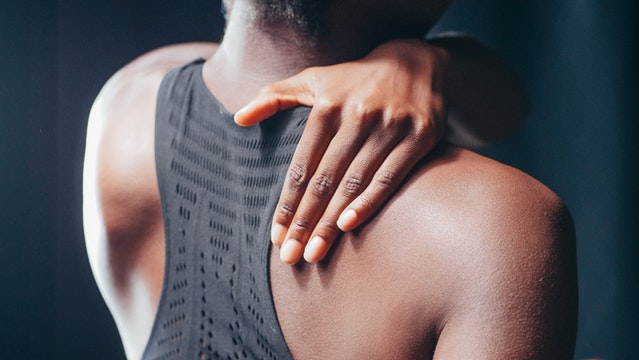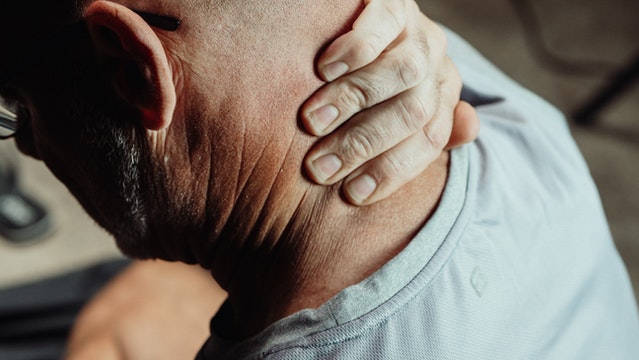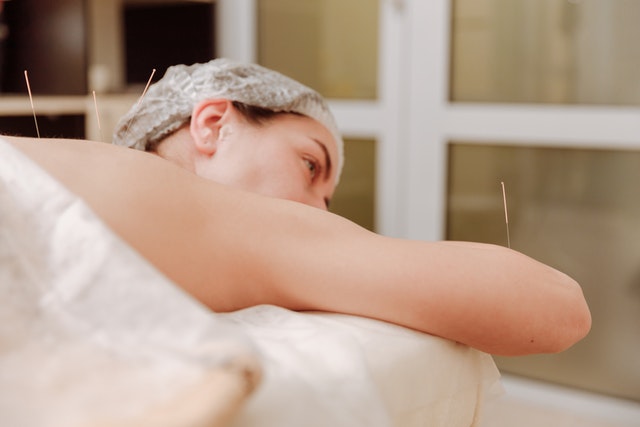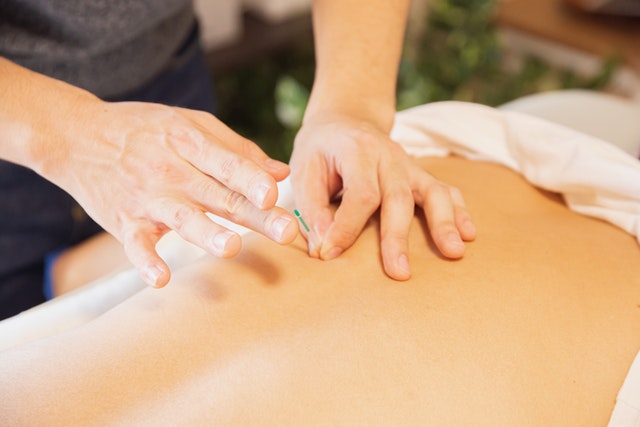Moxibustion and acupuncture are two traditional Chinese methods for the treatment of pain and other symptoms. Deciding on the potential benefits of either treatment relies on your understanding of each.
What Is Moxa?

Moxa is made from ground mugwort leaves — a common weed or perennial plant native to Europe, Asia, and Africa; However, it can be found growing naturally in other parts of the world. The ground leaves are then pressed, shaped, and solidified into a cone or stick shape for burning or moxibustion.
According to Daoist traditions and practitioners of Chinese medicine, moxibustion — the burning of moxa near the body’s qi and meridians — can help with chronic pain relief and even digestive issues. The idea is based on the same qi circulation methods as acupuncture, but moxibustion can be used alone or as an aid to the practice.
Moxibustion in Practice

There are two primary methods for using moxa: direct and indirect contact. Direct contact involves placing the moxa directly on a treatment point and lighting the cone, allowing it to burn slowly towards your skin. The practitioner will remove the moxa before it burns your flesh.
Additionally, in combination with acupuncture, a practitioner can place the moxa directly over the acupuncture needle. Performing moxibustion in this way supposedly improves the effectiveness of the acupuncture by permitting the heat to transfer through the needle and closer to the body’s energy meridians.
Indirect moxibustion is arguably safer because your skin never comes into direct contact with the moxa. Instead, the practitioner holds the moxa about an inch from the skin, removing it when the flesh turns warm and red. A practitioner might also place the moxa on a treatment point, but they will use a salt or garlic barrier layer to protect the skin.
Understanding Acupuncture

Like moxibustion, acupuncture focuses on the alignment and unification of qi and energy meridians within the body, but it does not rely on heat. Acupuncture uses the specific placement of thin needles into the body. It is also traditional Chinese medicine, and it is primarily used for pain and stress management.
The acupuncturist will insert between five and 20 needles in a single session. These needles are placed at different depths. You may feel minor discomfort, but most patients do not feel anything when the needles are inserted.
Once the needles are placed, the acupuncturist might manipulate each to affect the qi better. The needles can be manipulated in several ways, including moxibustion.
Should You Use Moxibustion or Acupuncture or a Combination?

Neither moxibustion nor acupuncture has significant research backing up claims of the treatments. In fact, some studies suggest patients that simulated acupuncture works just as well as the real thing. Other research advises that acupuncture works best for those who believe it will work, suggesting a psychological link to any perceived benefits.
Ultimately, whether to use acupuncture, moxibustion, or some combination of the two is a personal choice. If you believe the therapy has practical benefits, schedule an appointment with an experienced acupuncturist. If you are skeptical, it might be best to seek treatment elsewhere. In either case, you should discuss any pain or potential treatment options with your doctor before committing to an appointment.
What are your thoughts and feelings on moxa and acupuncture? Do you believe it is a fair treatment for chronic pain conditions?


I’ve had acupuncture on my knees, & I found it to be very painful without much, if any, pain relief. I would not want to go through it again.
Yes, I do believe in Chinese medicine. Acupuncture actually helped when I had carpal tunnel syndrome. I have had moxibustion in the past for back pain and found that it helped with that. I have also taken Chinese herbal elixir that I have made from the herbs prescribed to me by a doctor of Chinese medicine. Unfortunately where I live now I have no access to any of that and I do miss it. I try to practice preventive medicine and I feel like these methods of treatment are valuable.